Home>Garden Essentials>How To Give Pet Grass To Cats
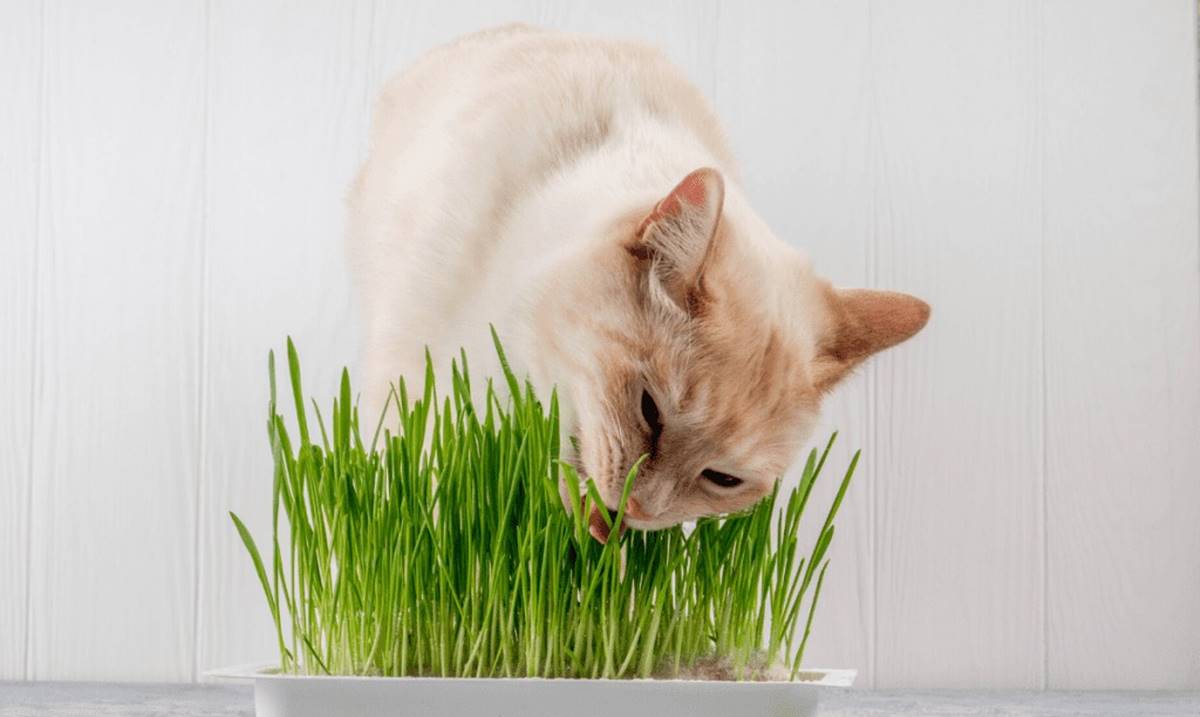

Garden Essentials
How To Give Pet Grass To Cats
Modified: October 20, 2024
Learn how to give pet grass to your cats in your garden and provide them with a natural and healthy source of nutrients.
(Many of the links in this article redirect to a specific reviewed product. Your purchase of these products through affiliate links helps to generate commission for Storables.com, at no extra cost. Learn more)
Introduction
Welcome to the world of pet grass and its benefits for our furry friends! If you are a cat owner, you might have noticed your feline friend nibbling on grass from time to time. While it may seem puzzling, there’s a reason behind this behavior. Cats are known to be obligate carnivores, but they still have a natural instinct to consume grass. In fact, many veterinarians and experts encourage providing pet grass as a way to enrich their indoor environment and support their overall well-being.
In this article, we will explore the many benefits of pet grass for cats, guide you on choosing the right type of pet grass, provide tips on growing it at home, and discuss how to offer it to your beloved feline companions.
So, let’s dive in and discover the world of pet grass and how it can make a positive difference in your cat’s life!
Key Takeaways:
- Cats benefit from pet grass! It aids digestion, keeps teeth clean, and reduces stress. Choose safe grass types like wheatgrass and provide fresh, non-toxic options for a healthy, happy cat.
- Growing and offering pet grass to cats is easy and fun. Just ensure safe, organic grass, monitor their consumption, and avoid common mistakes like neglecting maintenance. Your cat will love it!
Read more: How To Give Cats Greenery
Benefits of Pet Grass for Cats
Pet grass offers numerous benefits for our feline friends. Let’s take a closer look at some of the key advantages:
- Facilitates Digestion: Cats are known to have sensitive digestive systems, and eating grass can help them in several ways. Grass acts as a natural source of fiber, aiding in digestion and preventing the formation of hairballs. It can also promote healthy bowel movements and reduce the chances of constipation.
- Natural Dental Care: Chewing on grass can serve as a natural and gentle way for cats to keep their teeth clean. The abrasive texture of the grass helps remove plaque and tartar buildup, thus contributing to better oral hygiene and reducing the risk of dental issues.
- Provides Essential Nutrients: Pet grass is rich in essential nutrients such as vitamins A, C, and E, as well as minerals like calcium and iron. When cats consume grass, they can obtain these valuable nutrients that may not be present in their regular diet. This can help support their overall health and well-being.
- Stress Relief and Behavior: Indoor cats, in particular, can experience boredom and stress due to the lack of outdoor stimulation. Having access to pet grass can provide a sensory and interactive experience, giving them an outlet for their natural instincts. Chewing on grass can be a form of stress relief and mimic the hunting behavior they would engage in outdoors.
- Promotes Hydration: Cats have a low thirst drive, and as a result, may not consume enough water. Eating grass can help stimulate their thirst, leading them to drink more water and stay hydrated. Adequate hydration is crucial for proper kidney function and overall health.
- Environmental Enrichment: Providing pet grass in your cat’s environment creates a stimulating and enriching space. It gives them an opportunity to explore, interact, and engage with their surroundings. This can help prevent boredom and undesirable behaviors that may arise from a lack of mental stimulation.
Now that we’ve explored the benefits of pet grass for cats, let’s move on to the next section where we’ll discuss how to choose the right type of pet grass.
Choosing the Right Type of Pet Grass
When it comes to choosing pet grass for your feline friend, there are a few factors to consider. Here are some tips to help you select the right type:
- Safe and Non-Toxic: Ensure that the pet grass you choose is safe and non-toxic for cats. Avoid using grass treated with chemicals, pesticides, or fertilizers, as these can be harmful if ingested by your furry companion. Opt for organic or untreated grass varieties instead.
- Grass Type: Cats typically enjoy eating grass with wide blades, such as wheatgrass, oat grass, or barley grass. These grasses are easy to grow and readily available at pet stores or garden centers. They are also known to be well-tolerated by cats and have a high nutritional value.
- Sowing Method: Consider whether you want to grow the pet grass from seeds or buy pre-grown trays. Starting from seeds allows you to have more control over the growing process and ensures a fresh supply of grass. Pre-grown trays, on the other hand, provide convenience and can be a good option if you don’t have the time or resources to grow it from scratch.
- Growing Conditions: Different types of pet grass have varying growing requirements. Some grasses prefer direct sunlight, while others thrive in partial shade. Consider the available space in your home and the lighting conditions to choose a variety that will grow well in those conditions.
- Maintenance: Assess the maintenance needs of the pet grass. Some varieties require regular watering and trimming, while others are low-maintenance. Take into account the time and effort you can commit to caring for the grass to ensure its healthy growth.
- Availability: Check the availability of pet grass in your area. You can either purchase it from pet stores or online retailers, or you can find the seeds or starter kits to grow it yourself. Ensure that you have a reliable source to obtain the pet grass whenever needed.
By considering these factors, you can choose the right type of pet grass that suits your cat’s preferences and your home environment. Now that you have an understanding of the selection process, let’s move on to the next section where we’ll discuss how to grow pet grass at home.
Growing Pet Grass at Home
Growing pet grass at home is a rewarding and straightforward process. By following these steps, you can provide a fresh and continuous supply of grass for your feline friend:
- Choose a Container: Select a container or pot that is wide enough to accommodate the growth of the grass. Make sure it has proper drainage holes to prevent waterlogging.
- Fill with Soil: Fill the container with a suitable potting mix or organic soil. Avoid using garden soil, as it may contain pests or contaminants.
- Sow the Seeds: Spread a layer of seeds evenly across the soil surface. Gently press them into the soil but avoid burying them too deep.
- Watering: Moisten the soil with a spray bottle or by gently watering it. Ensure that the soil remains consistently damp throughout the growing process.
- Lighting: Place the container in a well-lit area that receives indirect sunlight. If you have limited natural light, you can supplement it with a fluorescent grow light to promote healthy growth.
- Germination and Growth: Within a few days, the pet grass seeds should begin to germinate. Keep the soil consistently moist and provide regular light to support their growth. The grass should reach an edible height for your cat within 1-2 weeks.
- Trimming: Once the grass reaches a suitable height, you can trim it with clean scissors to encourage further growth and prevent it from becoming too tall or sparse.
- Rotation: To ensure a continuous supply of fresh grass, consider growing multiple containers of pet grass simultaneously. You can rotate them, allowing one container to regrow while providing another container of fresh grass to your cat.
Keep in mind that regular maintenance, such as watering and trimming, is essential for the health and longevity of the pet grass. By providing the right conditions and care, your cat will have access to a lush and nutritious source of grass right at home.
Now that you know how to grow pet grass, let’s move on to the next section, where we’ll discuss how to provide it to your furry friend.
Place a small pot of pet grass in an accessible area for your cat to nibble on. Water regularly and trim as needed to encourage healthy growth.
Providing Pet Grass to Cats
Once you have grown or obtained pet grass for your furry companion, it’s time to introduce it to them and make it a part of their routine. Here are a few tips on how to provide pet grass to cats:
- Introduce Gradually: If your cat is new to pet grass, introduce it gradually to avoid overwhelming their digestive system. Start by offering a small amount and observe their reaction. If they show positive interest and tolerate it well, you can gradually increase the amount over time.
- Observe Safety: Ensure that the pet grass you provide is free from any potential hazards such as pesticides or contaminants. Regularly inspect the grass for any signs of damage or mold and replace it if necessary.
- Monitor Consumption: While pet grass is generally safe for cats to consume, some individuals may experience an upset stomach or vomiting if they overindulge. Keep an eye on your cat’s consumption and intervene if they eat excessive amounts or show any signs of discomfort.
- Supervise Outdoor Access: If you allow your cat outdoors, make sure they have access to safe and pesticide-free grass in your garden. This can help fulfill their natural chewing instinct and prevent them from eating potentially harmful plants.
- Rotate and Refresh: Regularly rotate and refresh the pet grass to ensure freshness and variety for your cat. Just as they may get bored with their toys, offering new growths of grass can keep their interest and engagement.
- Keep Hydration Available: Along with providing pet grass, always ensure a fresh supply of water is readily available for your cat. This helps them stay hydrated, especially if consuming grass stimulates their thirst.
- Monitor Behavior: Pay attention to your cat’s behavior and well-being after consuming pet grass. If you notice any unusual symptoms, digestive issues, or changes in their behavior, consult with a veterinarian for further evaluation.
By following these guidelines, you can safely and effectively provide pet grass to your furry friend, enrich their environment, and support their overall health and well-being.
Now, let’s explore some common mistakes to avoid when giving pet grass to cats in the next section to ensure the best possible experience for both you and your feline companion.
Read more: How To Care For Pet Grass
Common Mistakes to Avoid when Giving Pet Grass to Cats
While providing pet grass to your cat is beneficial, there are some common mistakes to avoid to ensure their safety and well-being. Let’s take a look at these mistakes:
- Using Toxic or Treated Grass: One of the biggest mistakes is offering grass that has been treated with chemicals, pesticides, or fertilizers. Make sure to use organic or untreated grass to prevent any potential harm to your cat.
- Choosing the Wrong Grass Variety: Cats have their preferences when it comes to grass. Avoid choosing grass varieties that may be harmful or cause digestive upset. Stick to safe options like wheatgrass, oat grass, or barley grass, which are well-tolerated by cats.
- Overwatering or Underwatering: Proper watering is crucial for the health of the pet grass. Avoid overwatering, which can lead to root rot, or underwatering, which can cause the grass to dry out and become unappetizing for your cat. Keep the soil consistently damp but not waterlogged.
- Neglecting Regular Maintenance: Pet grass requires regular maintenance, including trimming and watering. Neglecting these tasks can result in overgrown or withered grass, which may not be enticing for your cat. Take the time to care for the grass to ensure its freshness and appeal.
- Ignoring Allergies or Sensitivities: Just like humans, cats can have allergies or sensitivities to certain substances. If you notice any adverse reactions, such as vomiting, diarrhea, or excessive itching, discontinue the use of pet grass and consult with a veterinarian for guidance.
- Not Providing Alternatives: While pet grass is beneficial, it’s important to provide other forms of environmental enrichment to keep your cat engaged. Offer toys, scratching posts, and interactive play sessions to ensure a well-rounded and stimulating environment.
- Not Monitoring Consumption: While pet grass is generally safe for cats, it’s important to monitor their consumption. Overindulgence in grass can lead to digestive upset or blockages. If you notice excessive consumption or any signs of discomfort, take appropriate measures to prevent any potential health issues.
By avoiding these common mistakes, you can ensure a positive and safe experience for your cat when providing them with pet grass. Always prioritize their well-being and consult with a veterinarian if you have any concerns or questions.
Now, let’s conclude our exploration of pet grass and its benefits for cats.
Conclusion
Incorporating pet grass into your cat’s life can have numerous benefits for their overall health and well-being. By providing a safe and nutritious source of grass, you can support their digestive system, promote dental health, and offer environmental enrichment. Pet grass also serves as a natural aid in hydration and helps fulfill their instinctual chewing behavior.
When choosing pet grass, prioritize non-toxic and organic varieties like wheatgrass, oat grass, or barley grass. Consider the growing conditions, maintenance requirements, and availability to ensure a successful and continuous supply of fresh grass.
Growing pet grass at home is a relatively simple process, allowing you to provide a consistent source of grass for your cat. Just remember to choose a suitable container, use quality soil, and provide ample light and water for optimal growth.
When offering pet grass to your cat, do so gradually and monitor their consumption. Rotate and refresh the grass regularly to keep it enticing and engaging for your feline friend. Avoid common mistakes such as using toxic grass, neglecting maintenance, or ignoring potential allergies or sensitivities.
By following these guidelines and avoiding pitfalls, you can ensure a safe and enjoyable experience for your beloved cat and help enhance their overall quality of life.
So, provide your furry friend with the gift of pet grass and watch as they delight in this natural and enriching addition to their daily routine!
Frequently Asked Questions about How To Give Pet Grass To Cats
Was this page helpful?
At Storables.com, we guarantee accurate and reliable information. Our content, validated by Expert Board Contributors, is crafted following stringent Editorial Policies. We're committed to providing you with well-researched, expert-backed insights for all your informational needs.


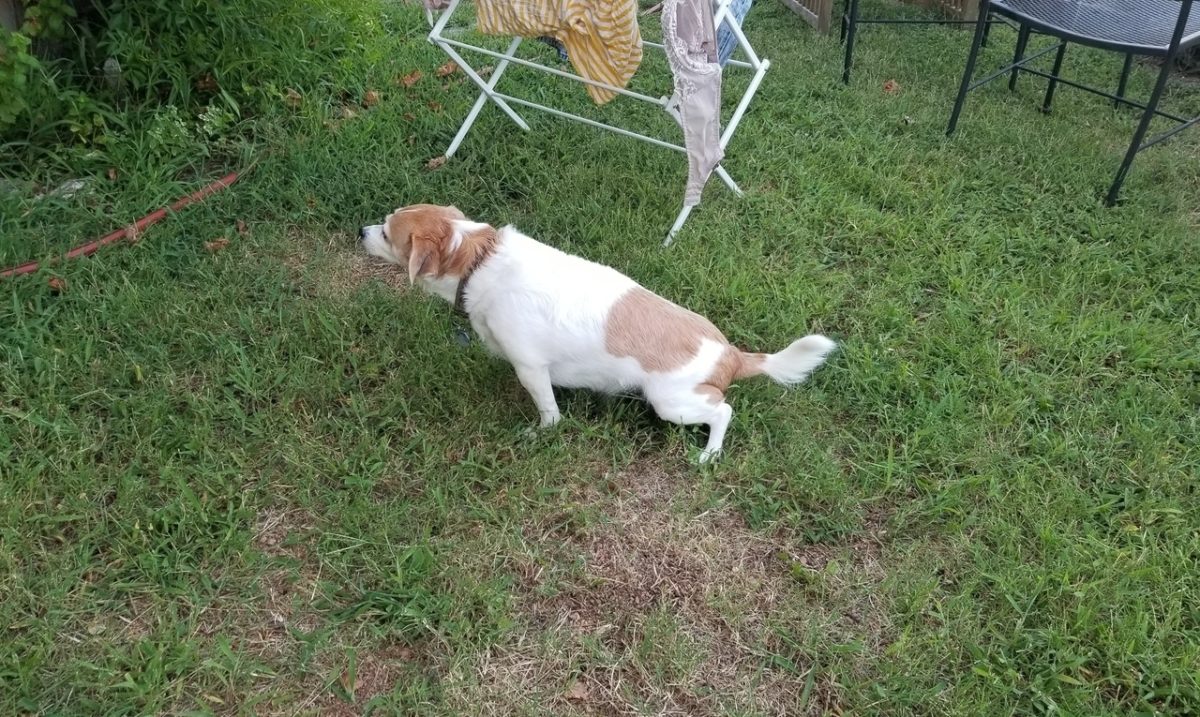
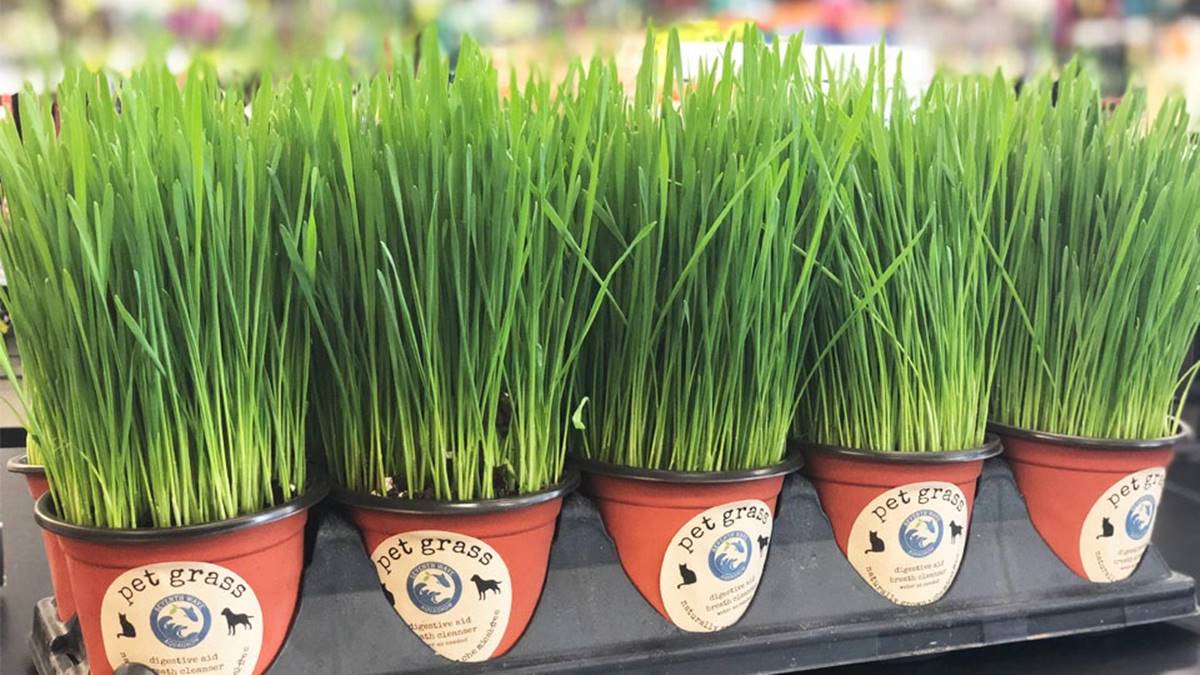

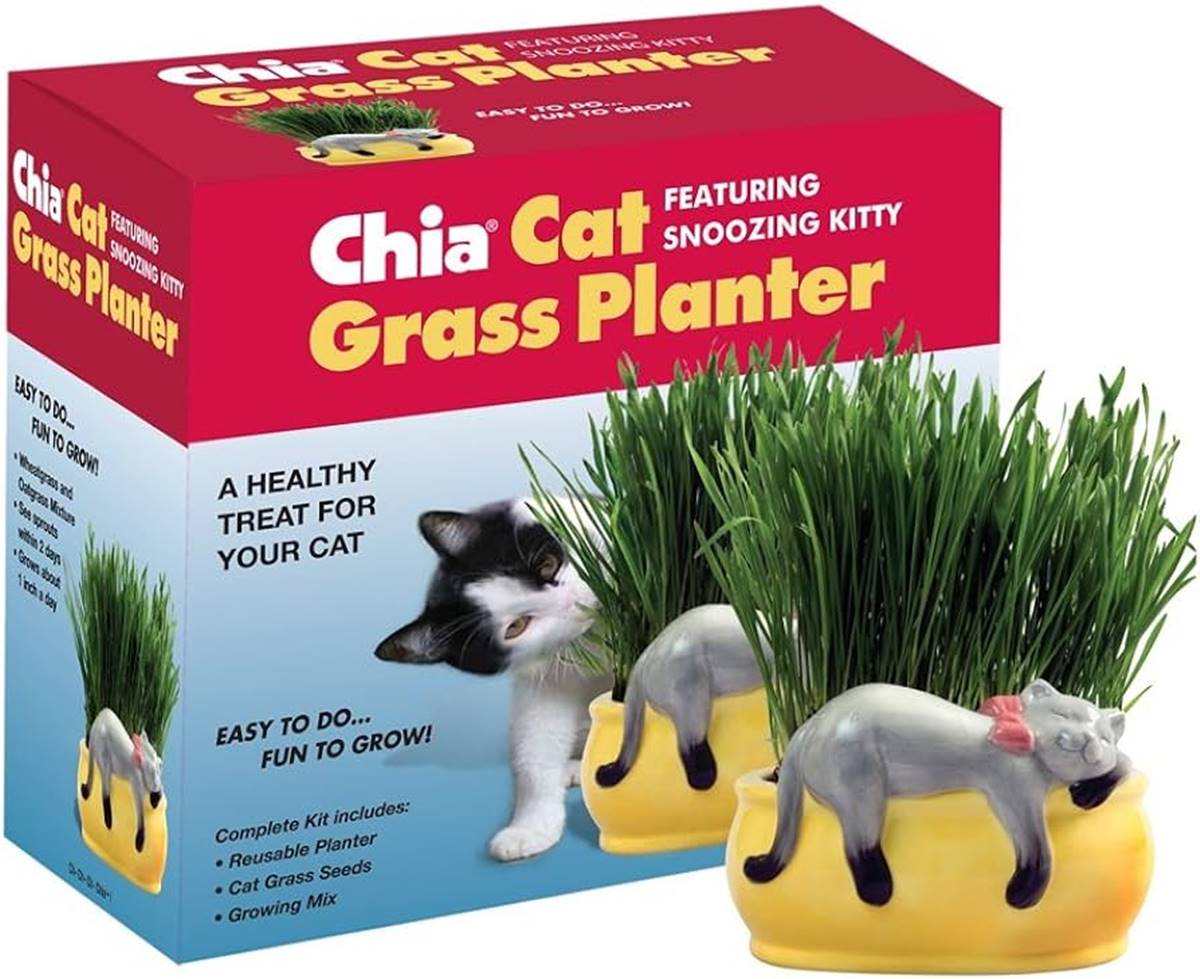
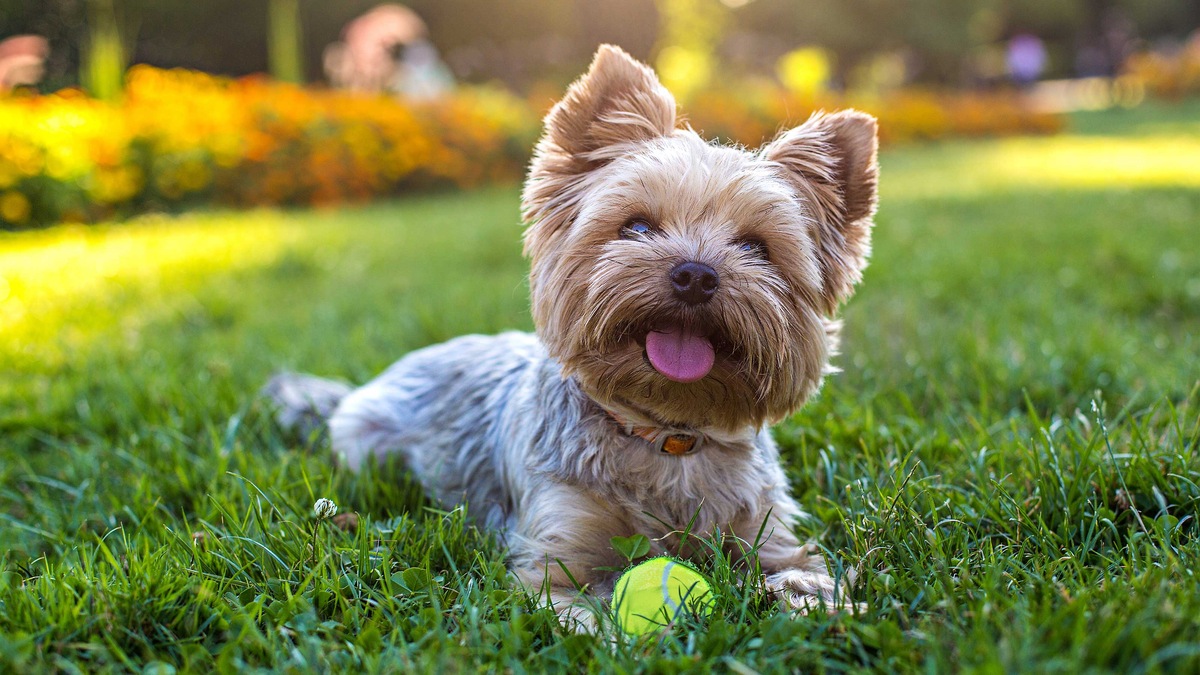
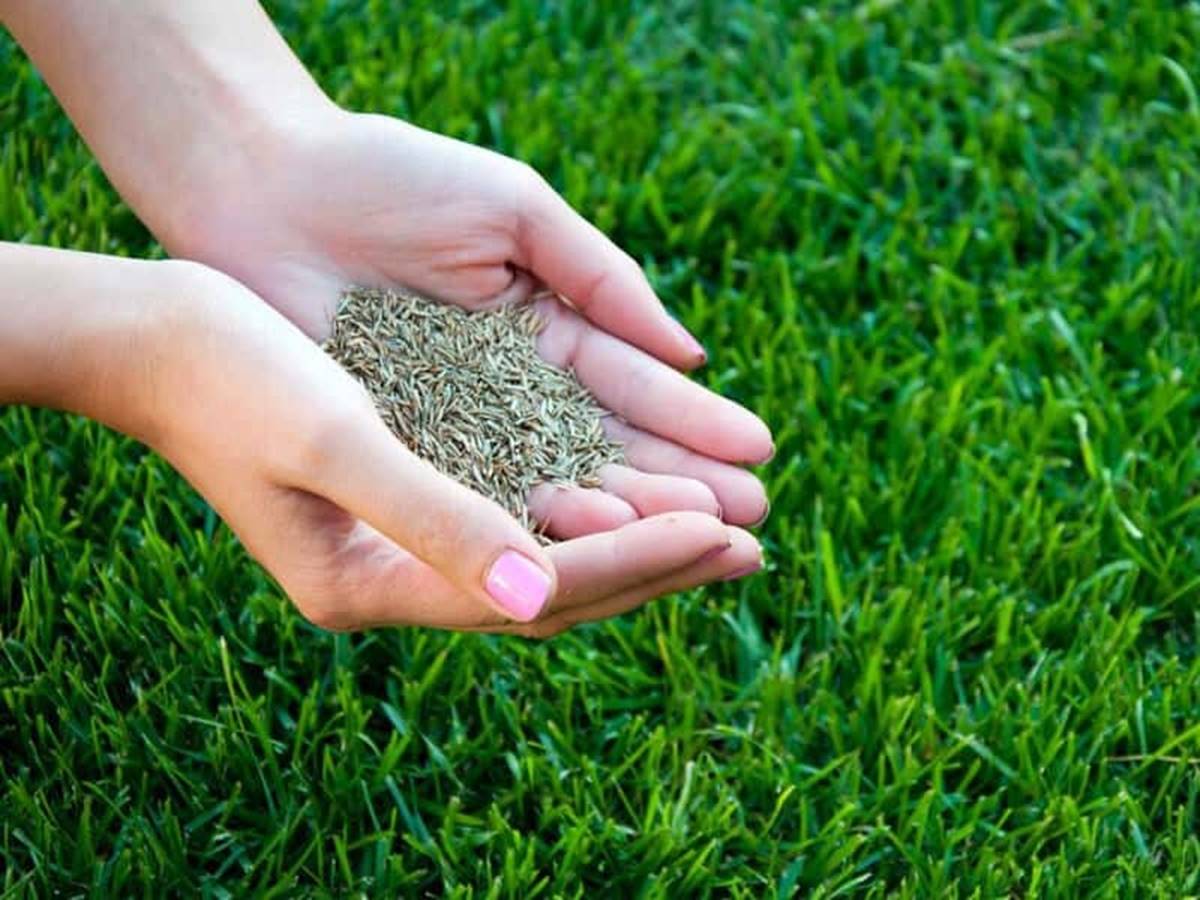
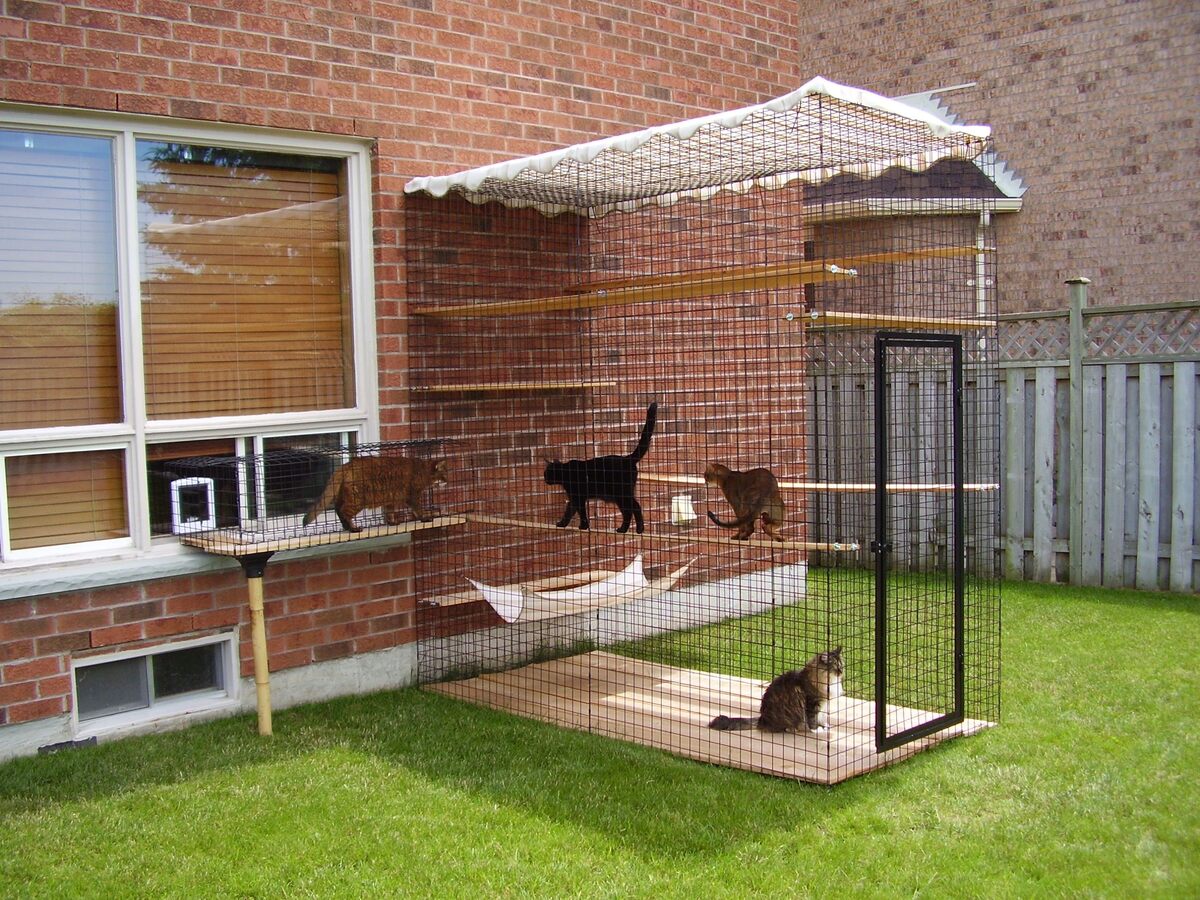

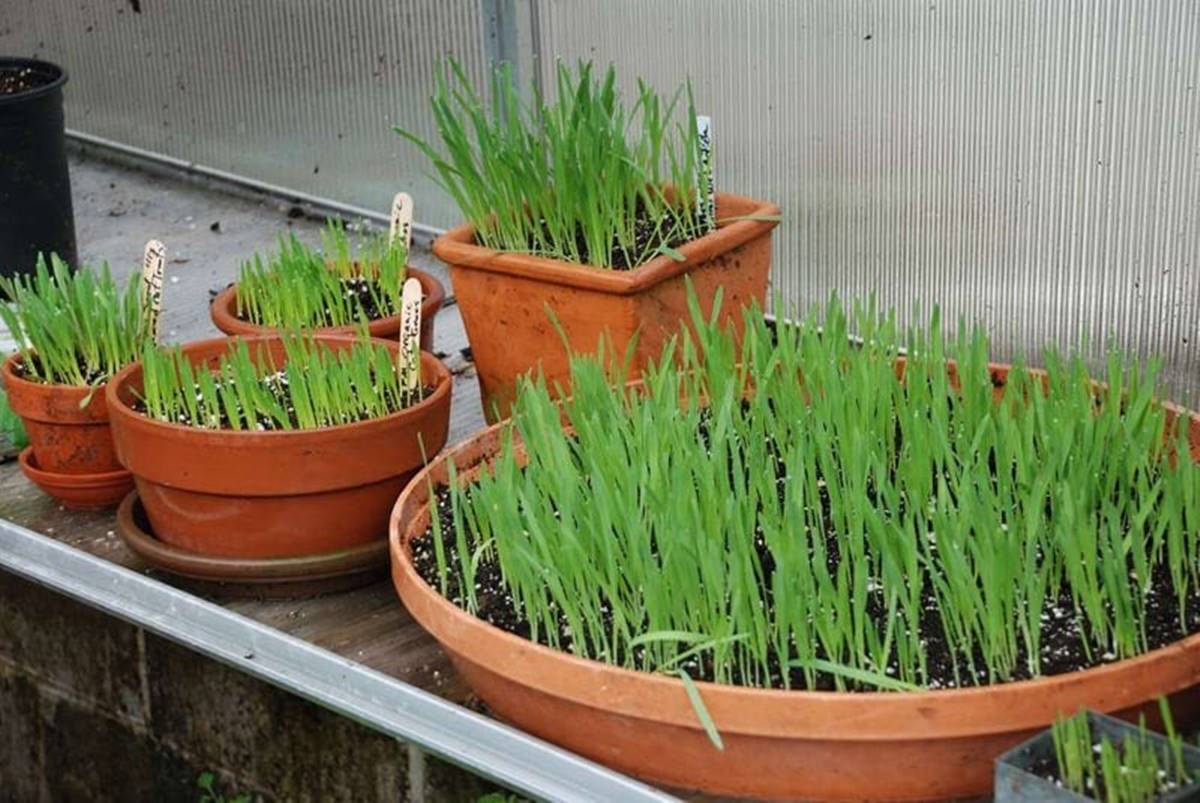

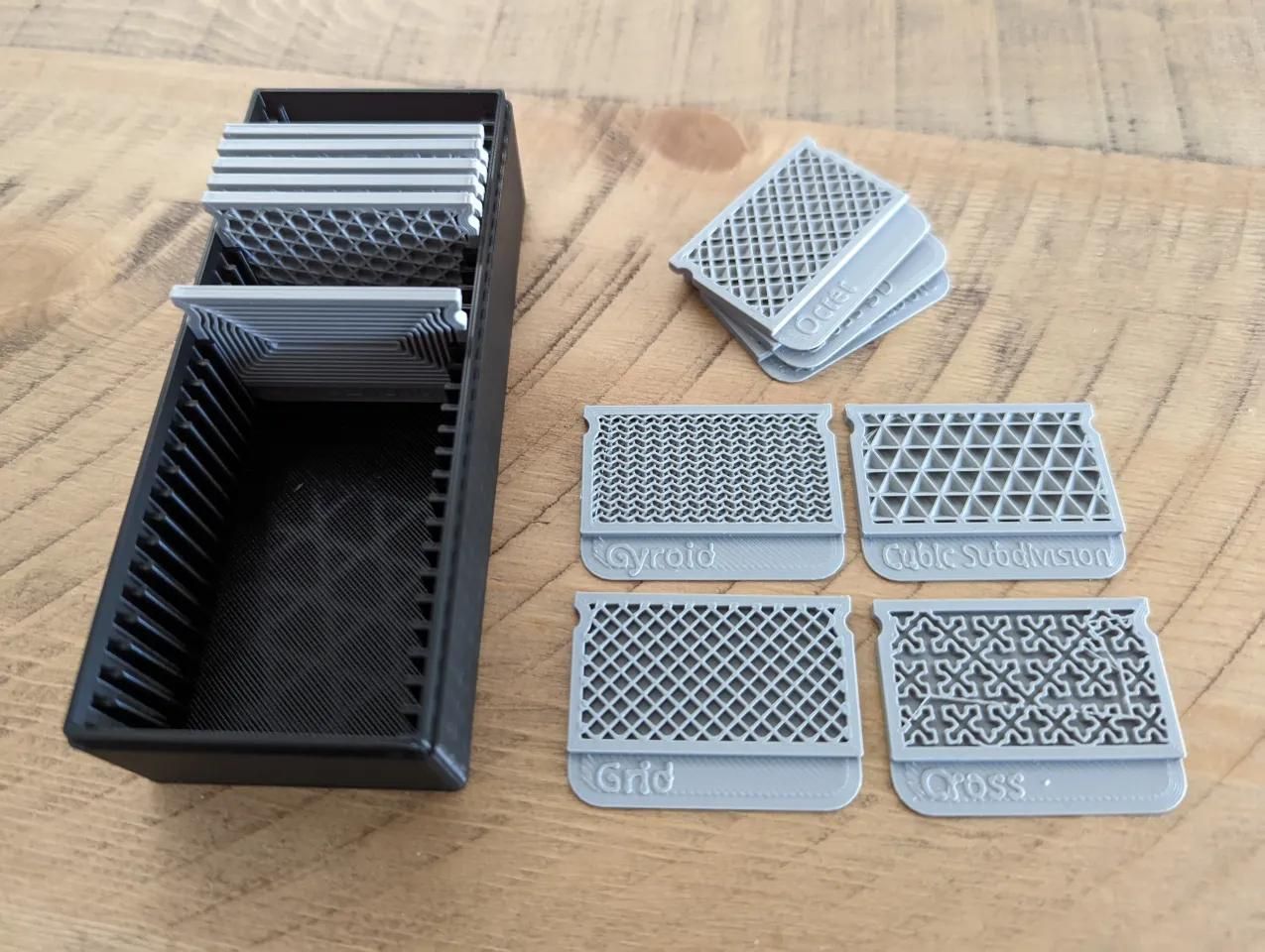


0 thoughts on “How To Give Pet Grass To Cats”